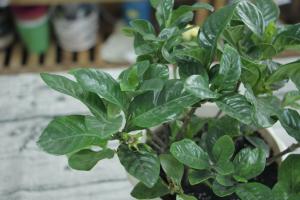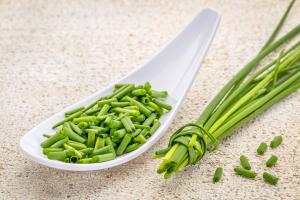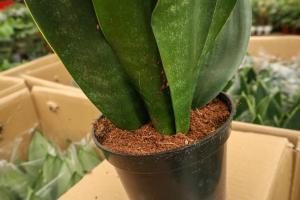Where Do You Prune Tomato Plants?
The Basics of Pruning Tomato Plants
When it comes to growing healthy and robust tomato plants, pruning is a must. Pruning your tomato plants helps them focus their energy on growing fruit instead of foliage. However, knowing where to prune can be a bit confusing for inexperienced gardeners. In general, you want to prune the lower leaves and stems of your tomato plants to allow for better air circulation and light penetration.
Why Prune Tomato Plants?
Pruning tomato plants offers several benefits. First, removing the lower leaves and stems helps prevent the spread of disease by improving air circulation around the plant. Second, pruning encourages the plant to focus its energy on growing fruit instead of leaves, resulting in larger, healthier, and more flavorful tomatoes.
Where to Prune Tomato Plants?
The first step in pruning your tomato plants is to remove any lower branches and leaves. These are the leaves that touch the ground, as well as any leaves that are below the first flower cluster on the stem. Removing these leaves helps reduce the risk of disease, as they are the most susceptible to fungal infections. It also improves airflow around the plant.
The next step is to remove any suckers that grow between the main stem and the branches. Suckers are small stems that emerge from the joint between the main stem and a branch. While they don't harm the plant directly, they compete with the main stem for resources, which can reduce the plant's overall productivity. To prune suckers, simply pinch them off with your fingers or use a pair of scissors.
When to Prune Tomato Plants?
The best time to prune your tomato plants is when they are young, ideally at around two weeks after transplanting. At this point, the plants should have formed their first flower cluster, and you can remove the lower leaves and stems to promote better air circulation and light penetration.
You can continue to prune your tomato plants throughout the growing season as needed. As the plants grow taller, you may need to remove more lower branches and suckers to maintain proper airflow and encourage fruit production.
Conclusion
Pruning tomato plants is a crucial aspect of growing healthy and productive tomatoes. Knowing where to prune can be a bit tricky, but by following these guidelines, you can ensure that your plants are getting the care they need to thrive. Remember to prune early and often, and you'll be rewarded with delicious, juicy tomatoes all season long.

 how many times do yo...
how many times do yo... how many planted tre...
how many planted tre... how many pine trees ...
how many pine trees ... how many pecan trees...
how many pecan trees... how many plants comp...
how many plants comp... how many plants can ...
how many plants can ... how many plants and ...
how many plants and ... how many pepper plan...
how many pepper plan...































